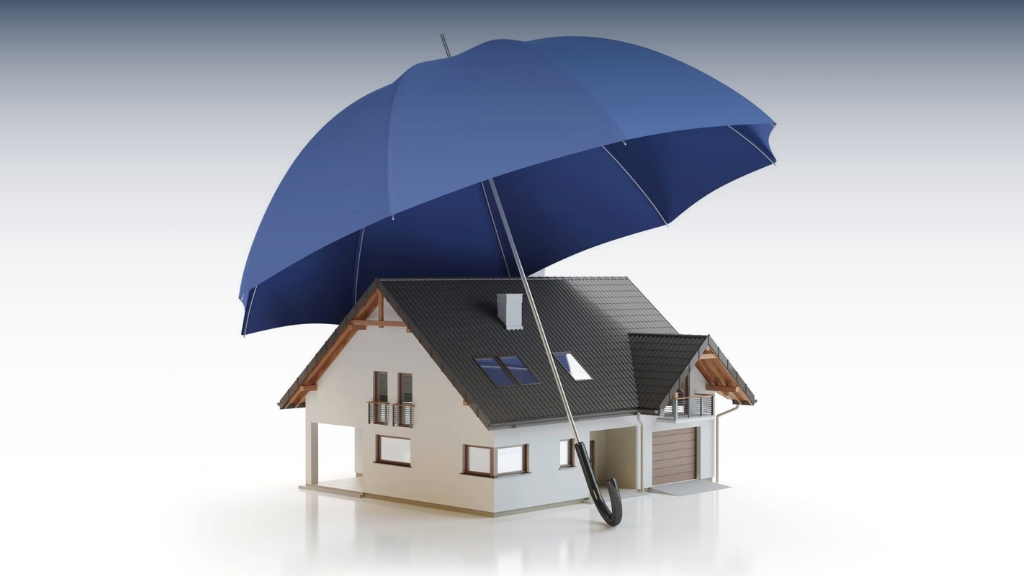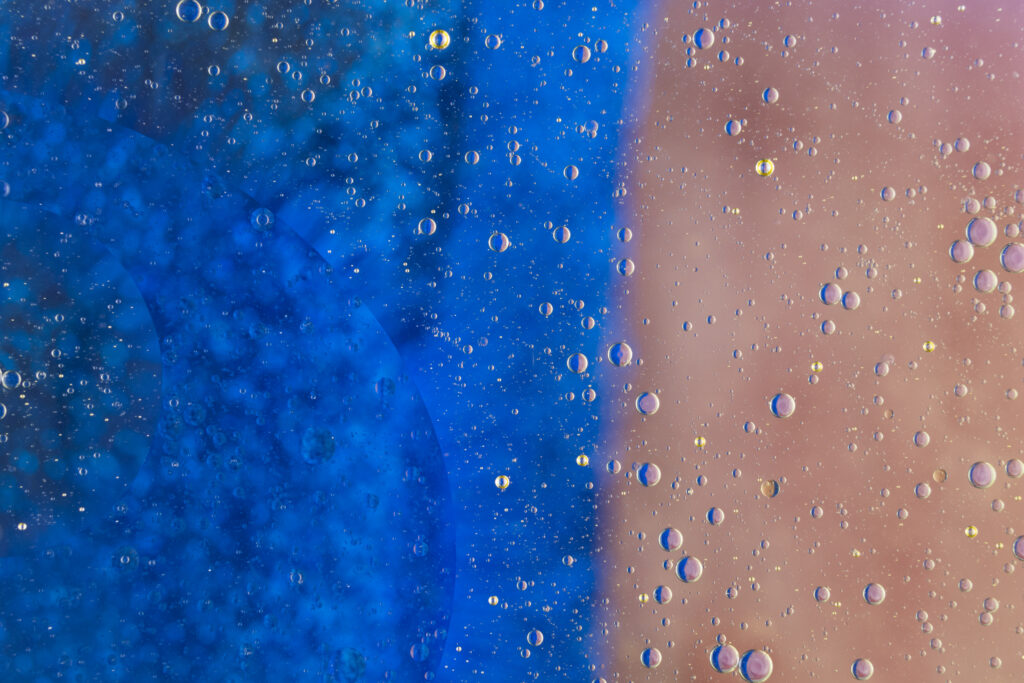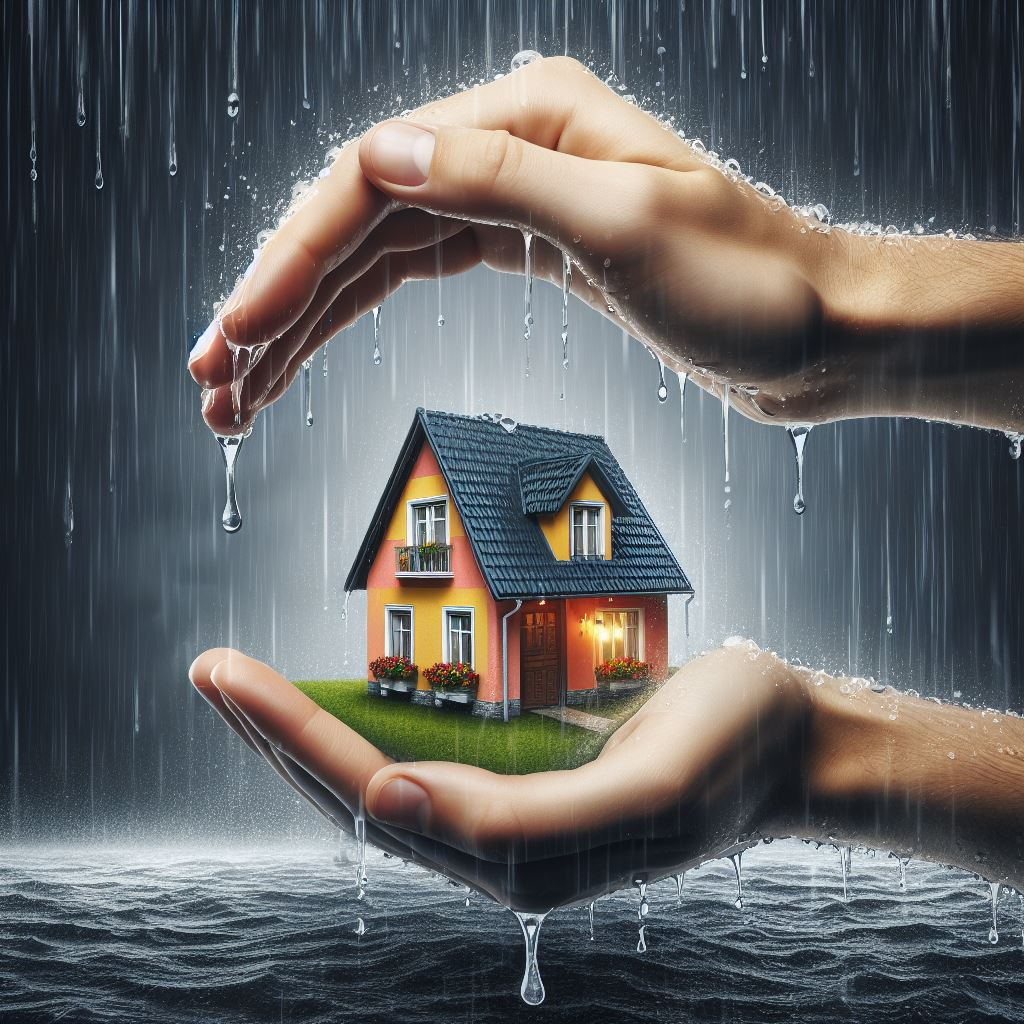Best Waterproofing Solutions for Your Home 2024
Best Waterproofing Solutions for Your Home: Protect Your Property from Water Damage
Water damage is one of the most common and costly issues homeowners face, often leading to expensive repairs, health problems, and diminished property value. Whether you live in an area prone to heavy rainfall, flooding, or just experience seasonal moisture, waterproofing your home is essential to protect your investment. Proper waterproofing solutions can help preserve the structural integrity of your home, prevent mold and mildew growth, and keep your living spaces dry and healthy.
In this article, we’ll explore the best waterproofing solutions for different parts of your home, offering you the information you need to safeguard your property.

Table of Contents

Why Best Waterproofing is Essential for Your Home
Waterproofing is the process of making your home resistant to water penetration, preventing water from entering through cracks, leaks, or porous materials. By addressing potential moisture issues proactively, you can avoid significant damage that may compromise your home’s structure and health.
Some key reasons to consider waterproofing your home include:
- Protection Against Mold and Mildew: Water intrusion fosters the growth of mold and mildew, which can cause health problems and damage to your property.
- Preservation of Structural Integrity: Water can weaken the foundation, rot wooden structures, and rust metal components, which can lead to costly repairs.
- Increased Property Value: A home that is properly waterproofed is less likely to suffer from water-related damage, making it more appealing to buyers.
- Reduced Risk of Flooding: Waterproofing helps prevent basement flooding, water damage to walls, and moisture buildup in crawl spaces.
Top Best Waterproofing Solutions for Your Home
Depending on the type of water issues you face and the area of your home that needs protection, various waterproofing methods can be implemented. Here are some of the most effective waterproofing solutions:
1. Exterior Waterproofing Membranes
Exterior waterproofing involves applying a protective waterproof barrier on the outside of your home, usually on the foundation walls or basement exterior. This method is most effective in preventing water from entering your home through the foundation, especially in areas with frequent rain or high groundwater levels.
How it works:
- The process involves excavating the soil around the foundation to expose the walls.
- A waterproof membrane is then applied directly to the exterior surface of the foundation walls.
- The membrane prevents water from infiltrating the foundation and entering your basement or crawl space.
- Drainage systems, such as French drains, may also be installed to redirect water away from the foundation.
Advantages:
- Highly effective in preventing water penetration from the outside.
- Long-lasting protection when done correctly.
- Reduces the risk of foundation damage and mold growth inside the home.
2. Interior Waterproofing Sealants
Interior waterproofing is a more straightforward solution for homeowners looking to prevent moisture from entering the home through cracks and gaps in the foundation walls. This method is applied directly to the interior surfaces, particularly in basements or damp-prone areas.
How it works:
- Waterproofing sealants are applied to interior walls, floors, and ceilings to create a moisture-resistant barrier.
- Specialized products, such as liquid sealants or epoxy-based coatings, fill in cracks and prevent water from seeping through.
- These products also offer protection against vapor and humidity, reducing the risk of mold growth.
Advantages:
- Easier and less expensive than exterior waterproofing.
- Ideal for areas with minimal water penetration issues.
- Quick and non-invasive installation process.
3. Crawl Space Encapsulation
If your home has a crawl space, encapsulation is an excellent method of waterproofing that prevents moisture buildup and protects against mold and mildew. This technique involves sealing off the crawl space with a vapor barrier to prevent moisture from entering the area and affecting your home’s structure.
How it works:
- The crawl space is first cleaned and prepared, removing any debris and moisture.
- A heavy-duty vapor barrier, usually made of plastic or reinforced foil, is then installed on the floor, walls, and occasionally the ceiling.
- Dehumidifiers and proper ventilation may also be used to keep the area dry and free from excess humidity.
Advantages:
- Protects against the buildup of moisture and the growth of mold and mildew.
- Helps maintain the integrity of your foundation and surrounding soil.
- Enhances indoor air quality by reducing moisture in the home.

4. Basement Waterproofing Systems
Basements are particularly vulnerable to water infiltration, which can lead to serious structural damage and health risks. Basement waterproofing systems are designed to prevent water from entering your basement and can involve several different methods, including drainage systems and sealants.
How it works:
- Sump Pump Installation: A sump pump is installed in the lowest point of the basement to collect and pump out water before it can cause flooding.
- French Drain: A French drain system is installed around the perimeter of the basement to direct water away from the foundation and prevent water from accumulating.
- Waterproof Paints or Coatings: Water-resistant paints or coatings are applied to basement walls to provide an additional moisture barrier.
- Crack Repair: Any cracks or gaps in the foundation are sealed with waterproof sealants or epoxy injections to prevent water from seeping through.
Advantages:
- Comprehensive solution for basement water issues.
- Prevents flooding and protects valuable possessions stored in the basement.
- Reduces the risk of mold growth in humid environments.
5. Roof Waterproofing
Waterproofing your roof is another critical step in preventing water damage. Leaks in the roof can cause extensive damage to the structure of your home, leading to issues like ceiling stains, mold growth, and rotting wood.
How it works:
- Roof Coatings: Waterproof roof coatings are applied to flat or low-pitched roofs to protect them from leaks, UV damage, and water infiltration.
- Sealant for Flashing: The flashing around vents, chimneys, and skylights is sealed to prevent water from entering through gaps or cracks.
- Regular Maintenance: Keeping gutters clean and ensuring proper drainage is crucial for preventing water buildup on the roof.
Advantages:
- Protects against leaks and water damage caused by weather elements.
- Extends the life of your roof by reducing wear and tear.
- Prevents costly interior water damage repairs.
6. Foundation Crack Repair
Foundation cracks are a common source of water infiltration. Addressing these cracks as soon as they appear can help prevent water from entering your home and causing extensive damage to your foundation.
How it works:
- Cracks are cleaned, and the surrounding area is prepped.
- A waterproofing sealant or epoxy is injected into the cracks to fill them and prevent water from seeping through.
- The repair is then covered with a moisture-resistant coating for long-term protection.
Advantages:
- A cost-effective solution for small to moderate foundation cracks.
- Provides a quick fix to prevent water from entering your home.
- Enhances the stability and integrity of the foundation.

Choosing the Write Waterproofing Solution for Your Home
Selecting the appropriate waterproofing solution depends on various factors, such as the type of water issue you’re dealing with, the area of your home that needs protection, and your budget. Consulting with a professional waterproofing contractor can help you determine the best approach based on your specific needs.
Conclusion
Waterproofing your home is an investment in both its value and longevity. Whether you are dealing with basement leaks, crawl space moisture, or roof leaks, there are effective solutions available to protect your property from the damaging effects of water. By choosing the right waterproofing method, you can prevent costly repairs, enhance your home’s structural integrity, and create a healthier living environment. Ensure your home is adequately waterproofed today to avoid future damage and safeguard your investment for years to come.
4o mini
Call to Action: Ready to protect your home? Contact us
today for expert advice and high-quality waterproofing solutions tailored to
your needs!
Check out our Blogs
Check out our Instagram



Leave a Reply